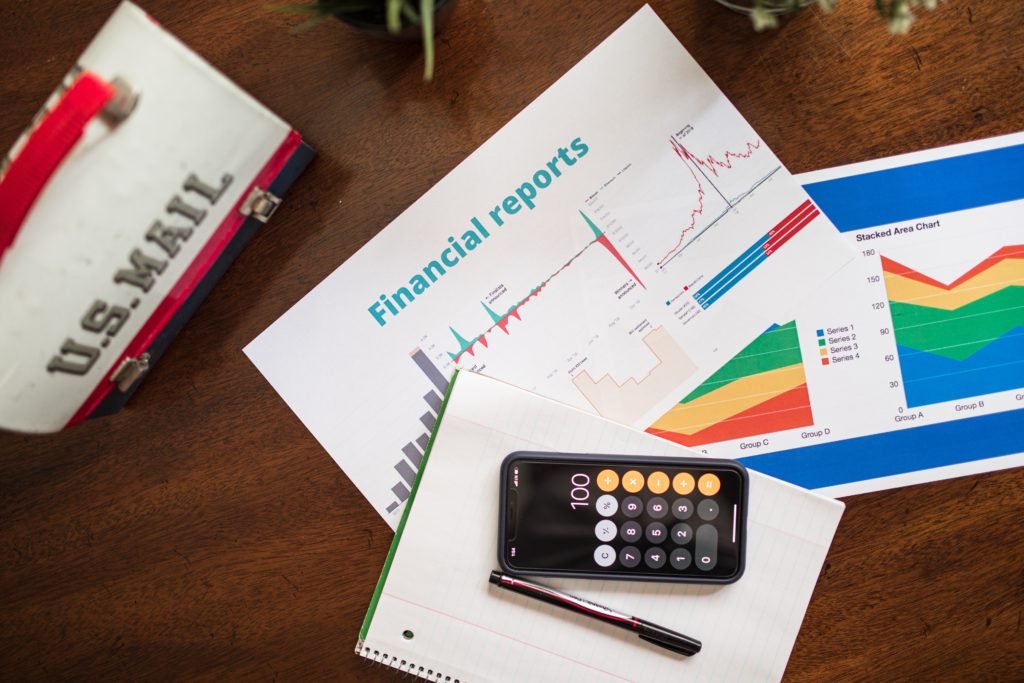
Social Business Model Canvas
What it is and how to use it
Organizations, including impact-oriented ones, are becoming aware that product/service innovation is no longer enough to keep making it in the real market. Instead, they now strive to re-invent their business models. Nowadays, entrepreneurs have several business design tools for that. In this article, we take a closer look at the Social Business Model Canvas and see how it can help organizations refine their business models.
But first, let’s define “business models”
People often think that a business model (BM) is nothing more than an explanation of how a company generates money. Simply put, “costs vs revenues“. Yet, “business model” is a much broader concept, which academics and scholars have long discussed about.





Business Model Canvas
Alex Osterwalder’s contribution to the field of business modelling and business design didn’t quite stop there. In fact, in 2008 Osterwalder developed a one-page, business model design template: the “Business Model Canvas“.
A Business Model Canvas is a visual representation of an organization’s business model. As you may guess, it describes the way the company creates, delivers and captures value. Based on a visual language, the Canvas enables anyone to understand pillars and key components of a certain business model. A great tool for describing new or existing business models, studying competitors’ ones and presenting business ideas to external stakeholders in a quick, effective way.
Social Business Model Canvas
Now, since 2008 hundreds of different version of Osterwalder’s original Canvas have spread out. But most importantly, practitioners noticed that the Business Model Canvas was a great tool for describing profit-oriented organizations, but not socially-oriented ones. As a matter of fact, the Canvas failed to highlight key components of non-profit initiatives, particularly those related to their beneficiaries and impact missions.
That’s how the Social Business Model Canvas came to life. Created by Social Innovation Lab (2013), this Canvas builds on the previous one and is commonly used by social enterprises, as it takes into account all the necessary components needed to achieve both social and economic sustainability.





The template we use at Social Business Design is adapted from those developed by Tandemic and Social Innovation Lab. As you can notice, it comprises of twelve building blocks, providing details on how an impact organization creates, delivers and captures value. Each block strictly relates to the other ones, since organizations are ecosystems made of intertwined, interconnected components.
We will now explore every block of the Canvas. Let’s begin!
“Value Creation” section
1. Social Impact Mission
Socially-oriented enterprises all aim to change society for the better. This block is meant to highlight the ultimate social change the organization aims to generate.





2. Beneficiaries
As discussed in this article, with the term “beneficiaries” we usually refer to those targets mostly affected by the social problem tackled. In other words, people whose lives the organization wants to radically improve. In this block, it’s important to clearly identify target groups through segmentation criteria such as demographics, geographics, psychographics and behaviors.
3. Core Intervention(s)
In other words, the core product, service or solution offered. A company may have one or more core offerings, especially when beneficiaries and customers differ. So, it’s important to list them all in here.
4. Value for Beneficiaries
When we talk about “value”, we usually refer to the main benefits of using a certain product, service or solution. In this block, we therefore highlight all the pain relievers and gains provided to beneficiaries thanks to the core intervention.
5. Customers
Sometimes beneficiares are able to pay for the product or service offered. When it happens, they are also the actual customers of the social enterprise. But most frequently, beneficiaries can’t afford doing that. Thus, third (paying) parties are needed. They can be companies, individuals, foundations, public authorities, just to name a few. This block shows who the ultimate payers truly are.
6. Value for Customers
.. Well, just like block n.4, but this time for customers only 😉 .
7. Channels
This block lists all the main channels used by the company to get in touch, communicate and engage with the public, as well as to sell and deliver its solution. They can be either physical or digital, owned or indirect.





“Value Delivery” section
7. Key Activities
Time to think about what’s needed to carry out all that has been included in the previous blocks. So, this section highlights all the mission-critical activities needed to keep the business up and running. Production, marketing, R&D, community engagement may be couple examples of that, but every enterprise has its own.
8. Key Resources
Generally speaking, fundamental resources can be physical, intellectual, human, technological or financial. Without them, it won’t be possible for the company to carry out any of the activities and operations mentioned above.
9. Key Partners and Stakeholders
In this block, we include those players (public and private) that provide key external resources or support for the business model to actually work. But please remember: you shouldn’t confuse partners and stakeholder as they are not the same.. just like we discussed in this article!





“Value Capture” section
10. Cost Structure
Creating and delivering a product or service results in costs and expenses. In this block, we consider the major elements of cost impacting the business. These may include staff, technology, infrastructure, advertisement, and so forth.
11. Revenue Engines
Social enterprises usually rely on a mix of different revenue streams to become (and remain) financially viable. This section lists all the different ways the organization generates such revenues – those otherwise known as “revenue engines”. For instance, a company may sell its solutions either through one-time purchases or through recurring ones (i.e. subscription, rental). Again, other engines may include intermediary fees, sponsorships, or even donation-based streams.
12. Surplus
Finally, this block explains how the company intends to use the surplus, if and when generated. Examples of that may include reinvesting it to further increase the reach of impact or even donating it to related causes.





Conclusion
As discussed, the Social Business Model Canvas builds on Alex Osterwalder’s previous work. Because of the way it is designed, there are several reasons why social entrepreneurs can benefit from using it.
Firstly, the Canvas helps bringing the team together around the table to discuss business models using a shared (visual) language. Secondly, this tool fosters both creativity and analysis, as teams can use it for both sketching new business models or analyzing existing ones. Lastly, the Social Business Model Canvas can be also used with external stakeholders, since it helps describing key components of a business model in a concise, effective manner.
At Social Business Design we love to help current and aspiring change-makers succeed along their entrepreneurial journeys. So, if you want to get even more familiar with the Social Business Model Canvas, click the button below for a free gift designed for you 🙂
Did you like this article?
If so, then don’t forget to check out for more at Social Business Design.